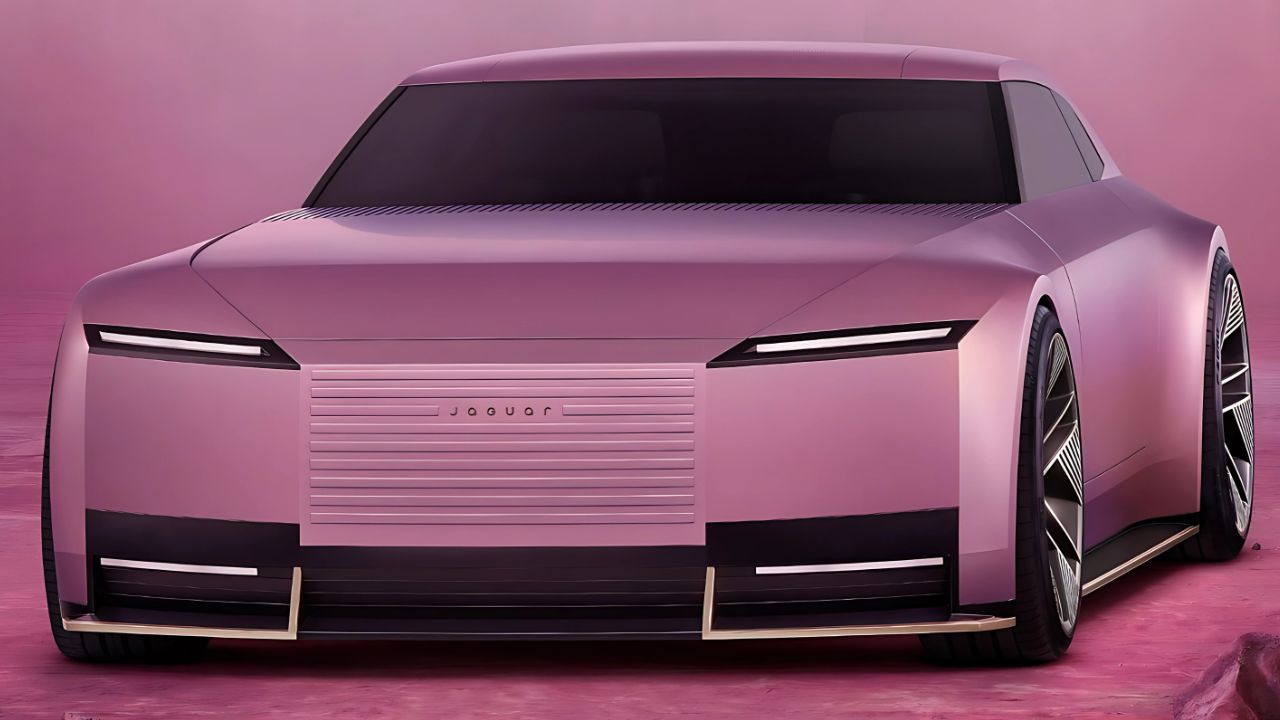If you’ve been considering a luxury SUV or premium vehicle lately, you’ve probably noticed how similar many cars have become. Performance figures blur together, features overlap, and sometimes it feels like you’re choosing between nearly identical options. Jaguar Land Rover (JLR) thinks they have the answer to this problem, and their solution might completely change how you think about your next car purchase.
What Exactly Is JLR’s House of Brands Strategy?
Think of it like this: instead of having one company making similar cars with different badges, JLR is creating four completely distinct personalities. Each brand – Range Rover, Defender, Jaguar, and Discovery – now has its own unique character, target audience, and purpose. It’s like having four different friends who each excel in different areas of life.
Martin Limpert, Range Rover’s global managing director, puts it simply: “We are a brand-led business now, even more than before.” This isn’t just marketing speak – it’s a fundamental shift in how JLR approaches everything from design to customer experience.
Range Rover: The Sophisticated Choice
What makes Range Rover special? If you’re someone who values understated elegance and refined capability, Range Rover is positioning itself as your perfect match. The brand focuses on three core elements that matter to discerning buyers:
Clean, timeless design that won’t look dated in five years. While other luxury brands chase trends, Range Rover maintains its signature aesthetic that balances modern sophistication with classic appeal.
Quiet luxury that speaks through quality rather than flashy features. This means premium materials, excellent craftsmanship, and attention to details that you’ll appreciate every day, not just when showing off to friends.
Genuine capability that goes beyond suburban driving. Unlike many luxury SUVs that prioritize comfort over competence, Range Rover vehicles can handle serious off-road adventures while maintaining their refined character.
Defender: Adventure Meets Premium
Who should consider a Defender? If you’re an active person who doesn’t want to compromise on quality, Defender is evolving into something quite interesting. The brand is carefully moving upmarket with variants like the new OCTA, which competes with high-end options like the Mercedes G-Class.
What sets Defender apart from Range Rover? While both brands share JLR’s quality standards, Defender focuses on adventure and community. It’s designed for people who actually use their vehicles for challenging terrain, weekend adventures, and outdoor activities.
The brand emphasizes “credible off-road capabilities” and “community building” – appealing to buyers who want to connect with like-minded adventurers rather than just owning a status symbol.
Jaguar: The Bold Reinvention
Jaguar’s transformation might be the most controversial aspect of JLR’s strategy. The brand is abandoning its traditional image for something completely different – and that’s either exciting or concerning, depending on your perspective.
The new Jaguar targets: younger, more expressive buyers who see cars as art pieces rather than just transportation. The brand wants to attract people involved in progressive arts, modern music, and contemporary culture.
What this means for buyers: If you’re someone who values creativity, modern design, and making a statement, the new Jaguar might appeal to you. However, if you loved traditional Jaguar values like British heritage and classic luxury, you might need to look elsewhere.
Discovery: Still Finding Its Identity
Discovery faces the biggest challenge in JLR’s house of brands strategy. Currently described as focusing on “versatility” and “family travel,” the brand is still being reimagined.
For family-oriented buyers, Discovery represents practical luxury – vehicles that can handle the demands of family life while maintaining premium quality. However, the brand’s future direction remains less clear than its siblings.
The Real-World Impact on Your Car Choice
Why should you care about JLR’s strategy? Because it directly affects what you’ll get when you buy one of their vehicles. Here’s what this means for potential buyers:
More focused development: Instead of spreading resources across similar models, each brand can concentrate on perfecting its unique strengths. This should result in better products that excel in their specific areas.
Clearer decision-making: Rather than comparing nearly identical Range Rover and Defender models, you’ll have distinct options based on your lifestyle and preferences.
Stronger resale value: Vehicles with clear, strong brand identities typically hold their value better than generic luxury cars.
The Challenges Ahead
Authenticity concerns represent JLR’s biggest hurdle. The company has already moved away from some traditional elements, like replacing their iconic supercharged V8 engines with BMW-sourced alternatives. This shift raises questions about whether the brands can maintain their authentic character while adapting to modern requirements.
Market pressure from electric vehicle competition and regulatory changes will test whether JLR’s house of brands strategy can survive real-world challenges. The company must balance brand identity with practical considerations like platform sharing and cost management.
What This Means for Your Next Purchase
If you’re considering a JLR vehicle, the house of brands strategy should make your decision easier. Instead of comparing similar models across different badges, you can choose based on lifestyle fit:
- Choose Range Rover if you want refined luxury with genuine capability
- Pick Defender if you need adventure-ready performance with premium quality
- Consider Jaguar if you want artistic expression and modern design
- Look at Discovery if you need family-focused versatility
The bottom line: JLR’s house of brands strategy represents a significant gamble on the idea that distinct brand personalities matter more than traditional luxury car features. For buyers, this could mean more thoughtful, focused vehicles that better match your specific needs and lifestyle.
Whether this strategy succeeds depends on JLR’s ability to maintain authenticity while adapting to modern automotive realities. As a potential buyer, you’ll benefit from clearer choices and more focused development – assuming the company can execute its vision successfully.
The next few years will determine whether JLR’s house of brands becomes a model for the industry or a cautionary tale about the challenges of brand differentiation in the modern automotive landscape.
